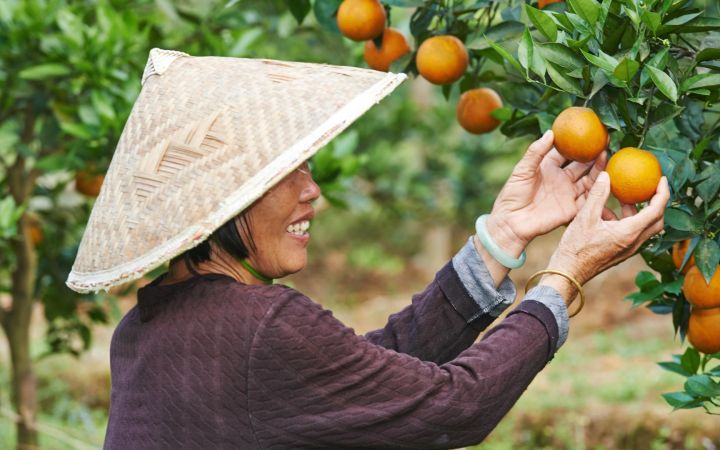AgForce has welcomed the long-awaited release of a new report which reveals the latest satellite snapshot of land clearing in Queensland.
The Statewide Landcover and Trees Survey (SLATS), which uses state-of-the-art satellite technology, sets a new benchmark for tracking tree coverage, and puts pay to outlandish claims by greenies that the State is a “deforestation hotspot.”
The findings reveal just 0.2 per cent of regulated vegetation in Queensland was cleared for sustainable production in 2018/19, and that illegal clearing has remained the same since 2017 – at just 0.04 per cent of the vegetative cover.
Although the total number of hectares cleared is up from 356,000 in 2016/17 to 680,688 in 2019/19, the figure still represents only 0.7 per cent of the State’s woody vegetation, and the increase is a result of the new data having been gathered using finer resolution satellite imagery – resulting in changes in the way foliage coverage thresholds are measured.
AgForce CEO Michael Guerin said while the new methodology would add to the scientific capability to monitor vegetation cover and density, more time was needed in order to paint an accurate picture of deforestation using SLATS data year on year.
“What we can say is that there has been no significant clearing of trees in Queensland, and sensational claims of land clearing are myths,” he said.
“This latest information tells an undeniably good story, and with so much at stake these days – environmentally, climatically, socially, and economically – it’s never been more important to spread a positive message.
“The findings are testament to the hard work of landowners, who have made great efforts with sustainable land management during particularly challenging times and tough drought conditions.
“They value protected plant and animal species, and they are united in their desire to produce safe, delicious, healthy food for the rest of us in Australia and throughout the world.”
According to the Food and Agriculture Organization (FAO) of the United Nations, Australia is second in a list of top 10 nations for reforestation, with an average net gain in forest area between 2010-2020 of 446,000 hectares each year.
Australia’s State of the Forests Report 2018 shows steady forest growth during the previous five-year period and the 2019 National Greenhouse Gas Inventory Report shows growth of approximately 160,000 hectares since 2008.
What’s more, analysis of currently available data has found that the extent of vegetative cover and vegetation density in Queensland are both increasing, and that high ecological value areas are protected.
Mr Guerin said he was disappointed to see that the latest SLATS report did not include regrowth, thickening and bio-condition data, but welcomed this addition in future reports.
He also anticipated some people would take the new SLATS figures and apply their own “facts” to them, twisting the truth and perpetuating myths to satisfy their own agendas.
“I’d like to suggest, however, that the last thing on the minds of these people is the health of the planet,” he added.
“The bottom line is, when customers buy beef from Queensland they are buying a deforestation-free product – and that is something we can all be proud of.”








